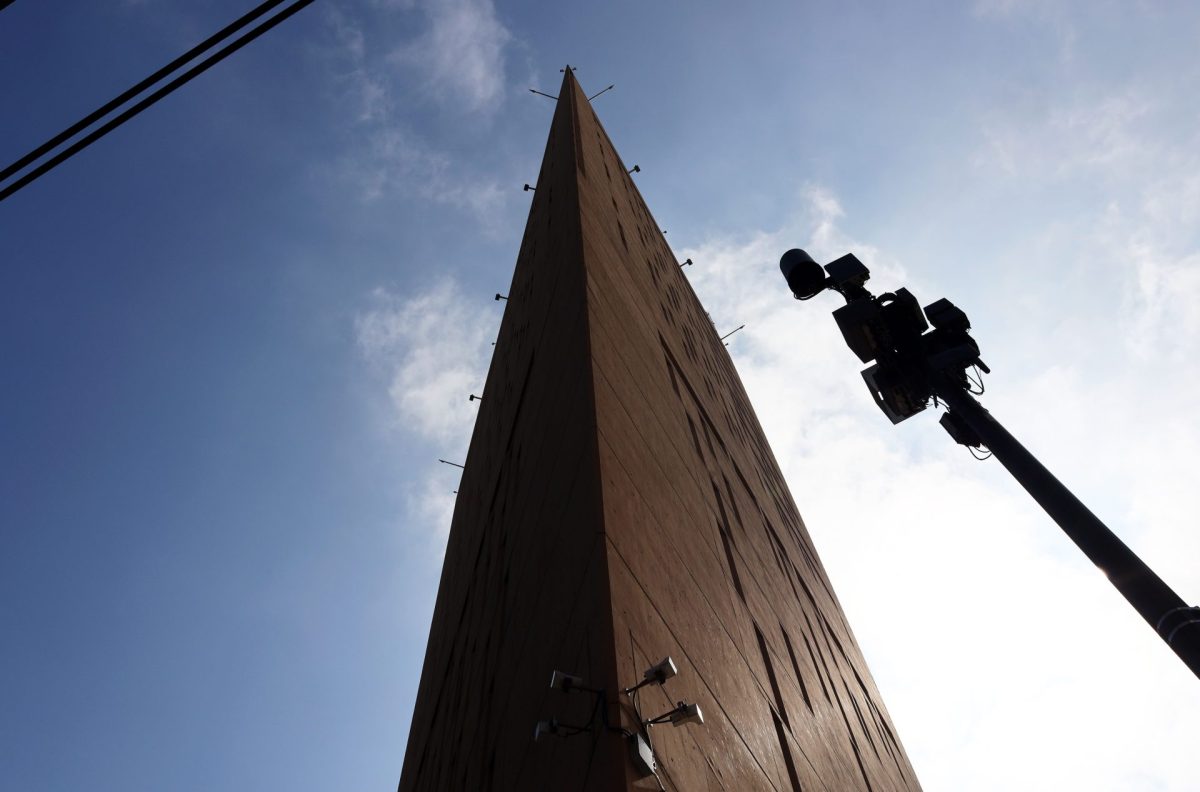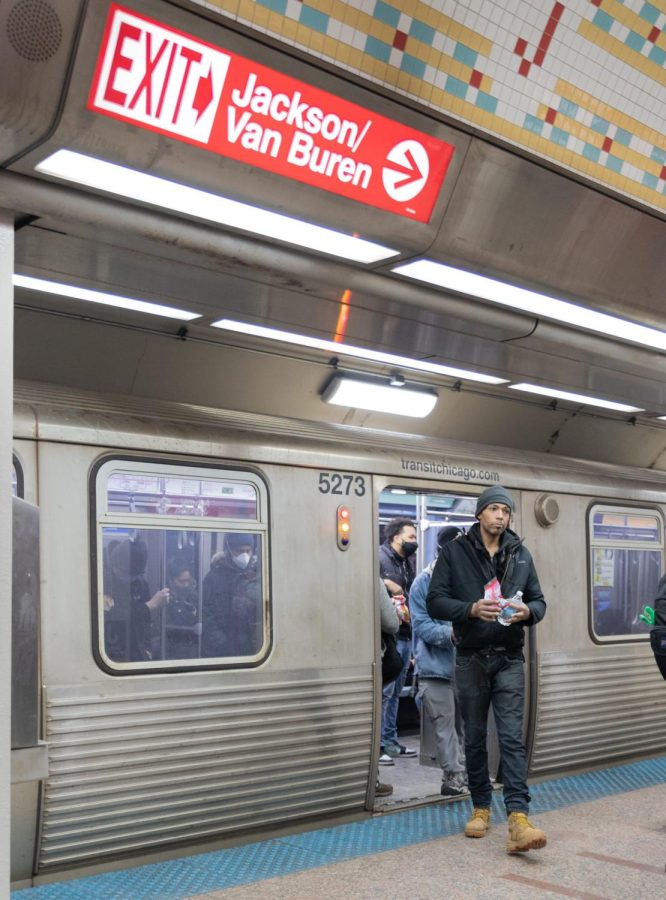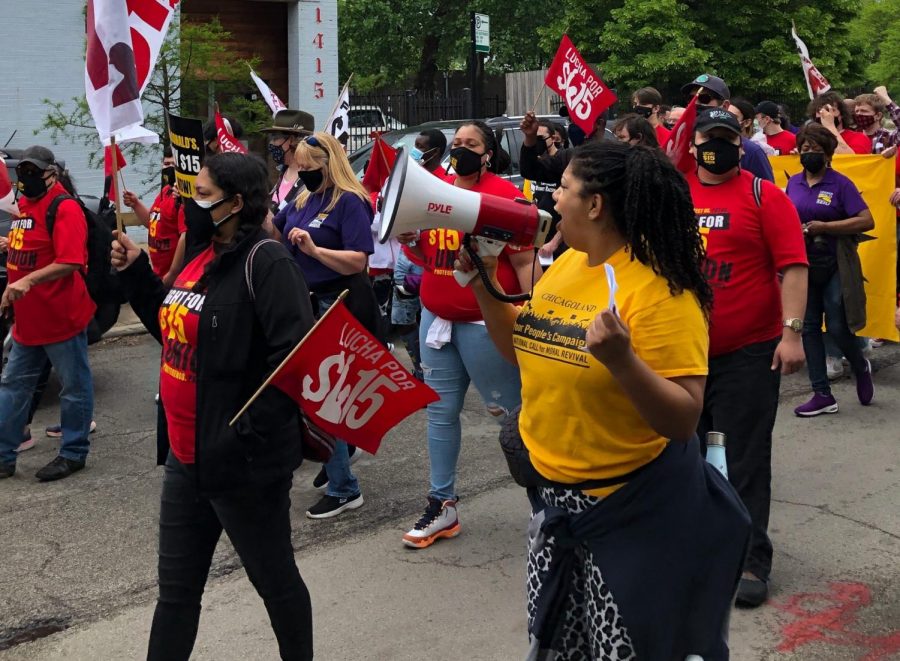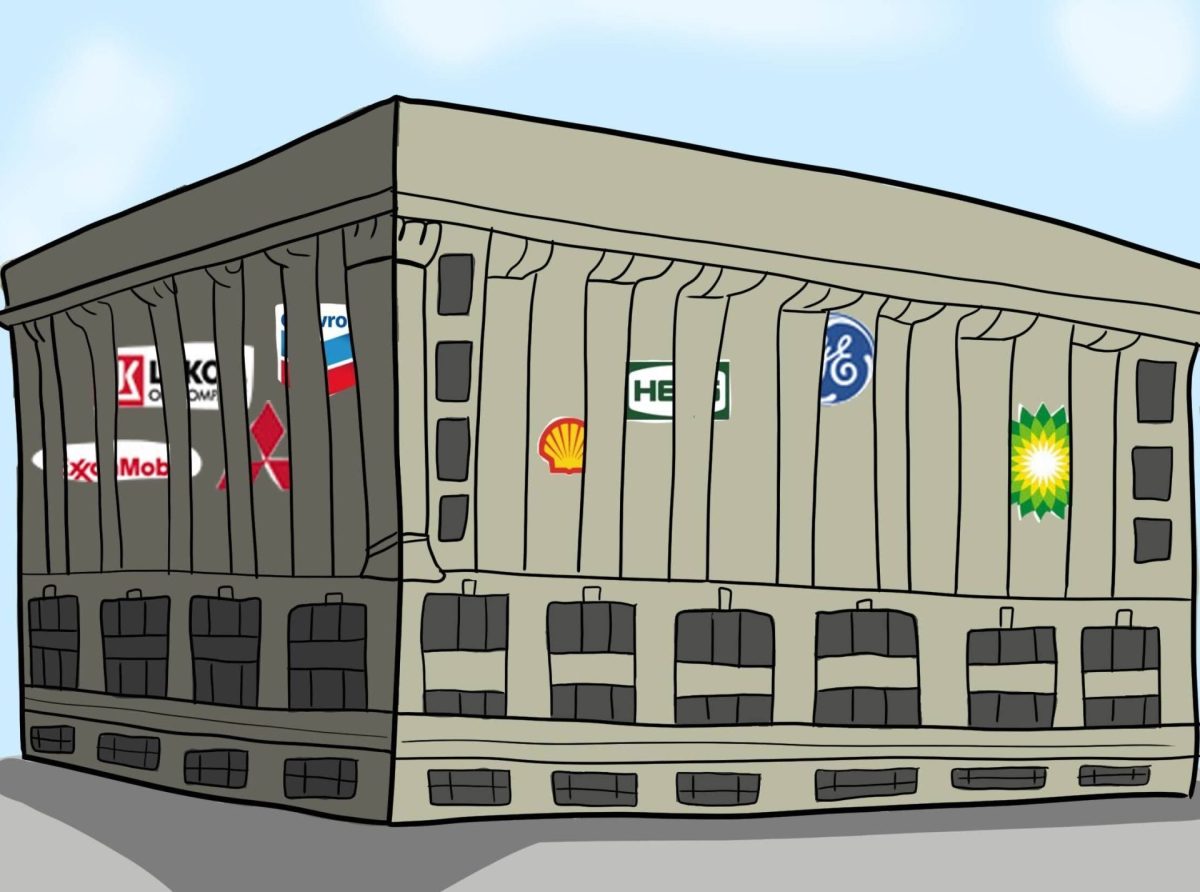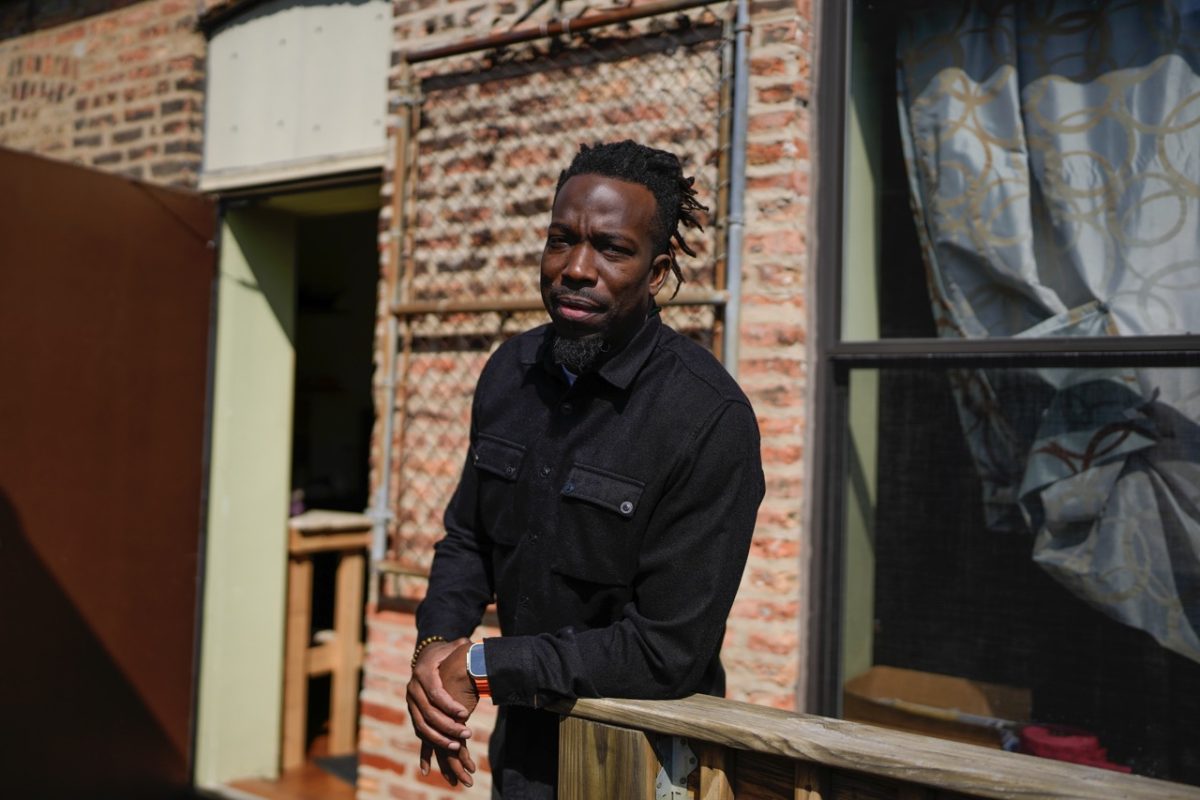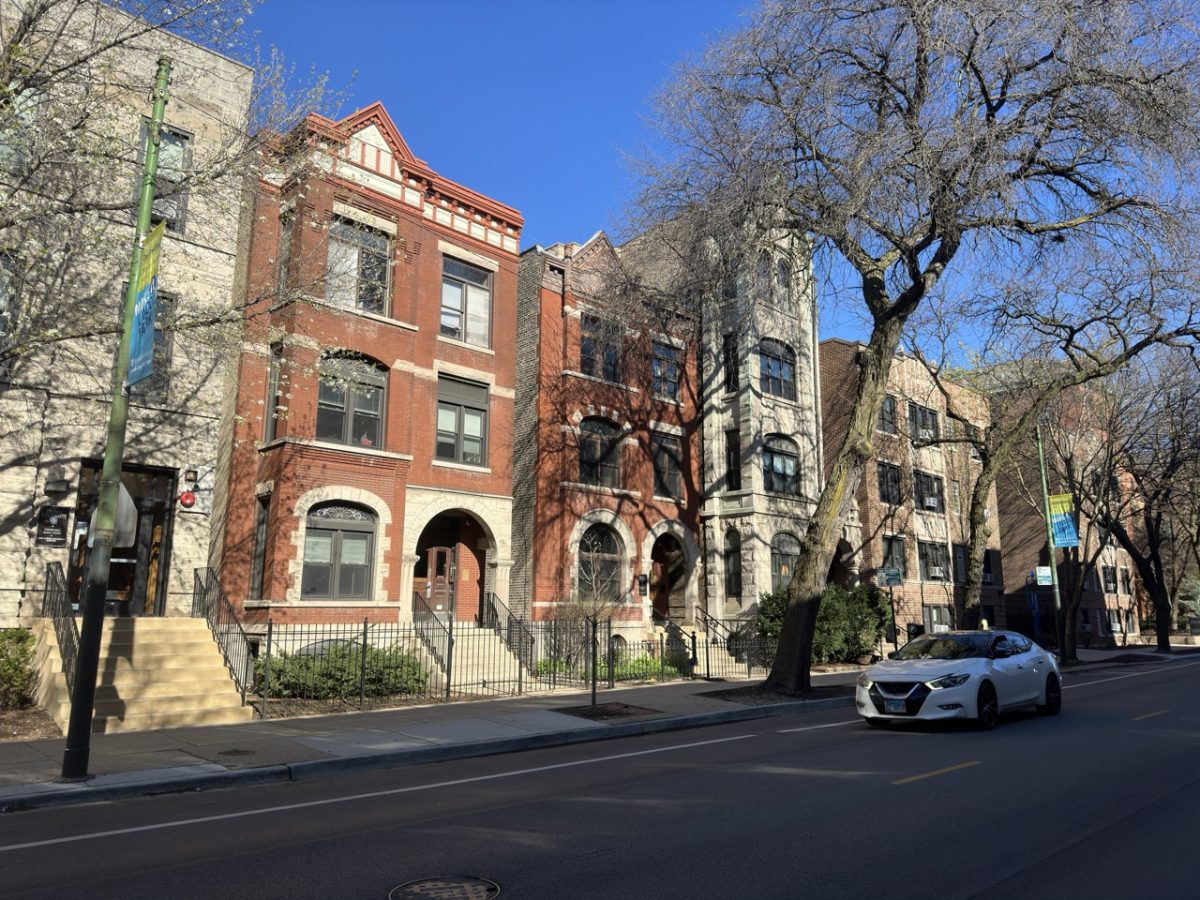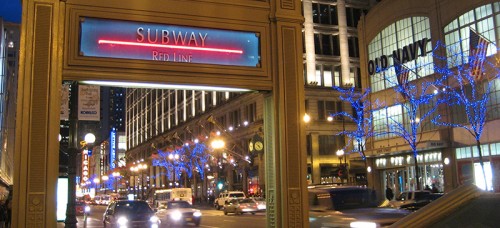
Technological advancements in the past decade have brought the world into a state of constant connectivity. Now, that connection will go where no service has gone before, underground. Last month Chicago announced its plan to install 4G service on CTA blue and red line trains.
In January, Chicago announced a $32.5 million agreement by the Chicago Infrastructure Trust, which provides ideas on how the city can take on extensive infrastructure projects by utilizing alternative funding. The Chicago Trust formed a deal with T-Mobile, AT&T, Verizon and Sprint to install 4G services on the red and blue line CTA tracks.
This monumental new plan will increase revenue for the CTA while service providers are required to pay a $500,000 annual fee that increases by 3 percent every year as long as the contract is in good standing. The CTA avoided using their own money to maintain and replace the current 2G antennas that date back to 2005.
Service providers will capitalize on increased data usage from riders and ultimately increase revenue on a grand scale.
With new 4G antennas riders can stream video, text, call, upload, check e-mails and work throughout their commute. Increased service allows citizens to stay connected in the age where communicating, and specifically communicating digitally, is the lifeblood of society.
“I’m really happy about the 4G service. Now I can check my email before class, go on Instagram and text my friends,” first year DePaul student Caitlin O’Brien said.
“Before it was frustrating trying to plan the rest of my day with spotty service that wouldn’t come back until I was practically back at campus. I’m glad the city is making improvements,” O’Brien said.
New service not only increases convenience, but it is also a groundbreaking achievement unparalleled by other cities. New York City has 4G service on subway platforms, and Boston has it in one tunnel, but neither compare to the 22 miles of coverage on red and blue lines, Chicago’s most heavily traveled, that will phase in station by station and be completed by 2015.
More service means more people on their phones, and given the current etiquette of people on the CTA that may not be a good thing.
“My only concern with the new 4G service is people will play music loudly, sometimes without headphones, and scream into their phones,” freshman Jenna Smith said.
“I didn’t mind not having service underground,” Smith said. My time on the L was peaceful and I used it to keep to myself, reflect and sometimes read. It was a nice and quiet time away from the constant hustle of the city.”
Increased phone usage will undoubtedly increase noise levels, so the CTA has created a plan for riders to learn new, proper etiquette on how to use phones on the train. This will also help to decrease phone theft, a valid concern with 666 phones stolen on the L in 2014.


